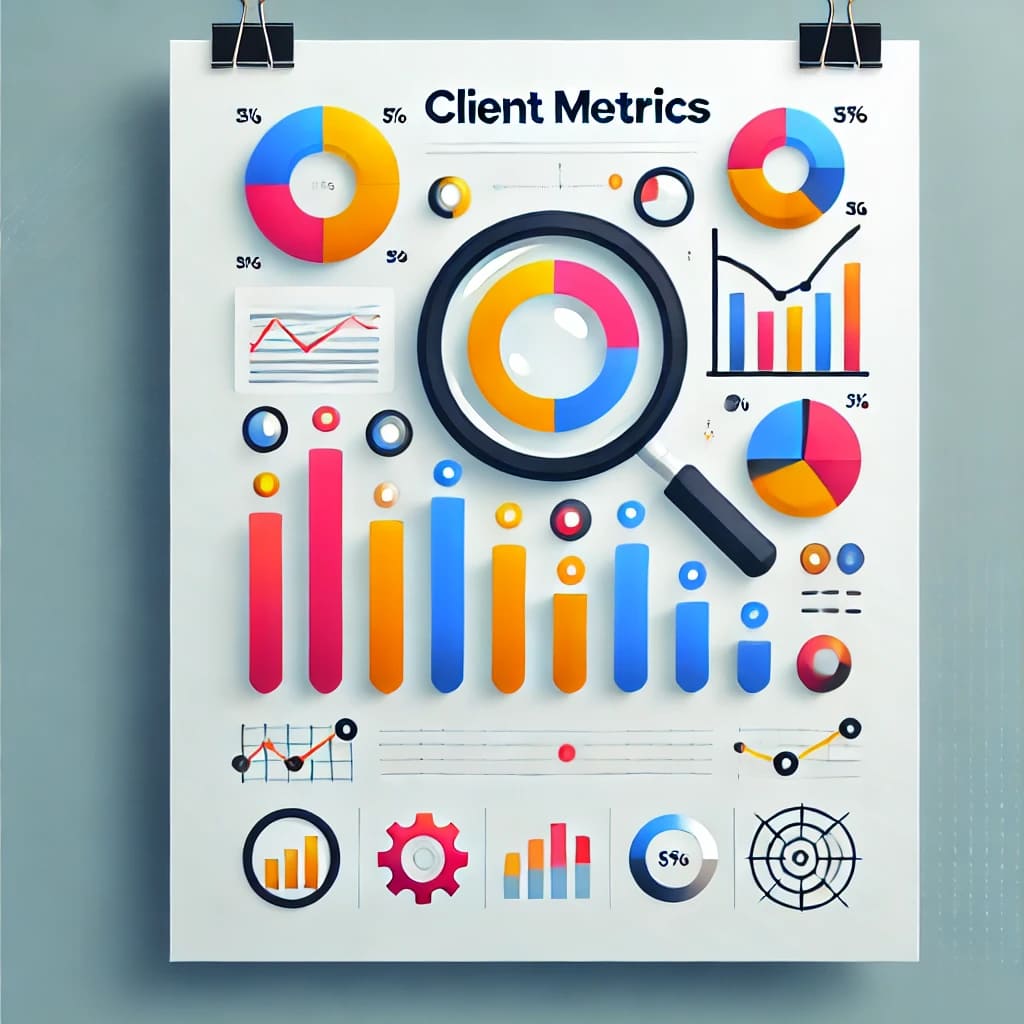Introduction
Metrics and Key Performance Indicators (KPIs) serve as the backbone of any marketing strategy, providing quantifiable measures of success or areas for improvement. This article aims to equip you with the knowledge and skills to identify, analyze, and report on the metrics that are most important to small business clients.
The Importance of Metrics and KPIs
Metrics and KPIs are not just numbers; they are the language of business performance. They offer insights into what’s working, what’s not, and where to allocate resources for maximum impact. For small businesses, understanding these metrics is crucial for making informed decisions.
Categories of Metrics
Steps to Identify Relevant Metrics
Reporting Tools and Platforms
Reporting Best Practices
Conclusion and Takeaways
Understanding the metrics that matter most to small business clients is not just a skill but an art. It requires a deep understanding of the client’s business goals, industry norms, and the ability to translate data into actionable insights. By mastering this art, you position yourself as an invaluable asset to your small business clients, capable of driving meaningful change through data-driven strategies.
